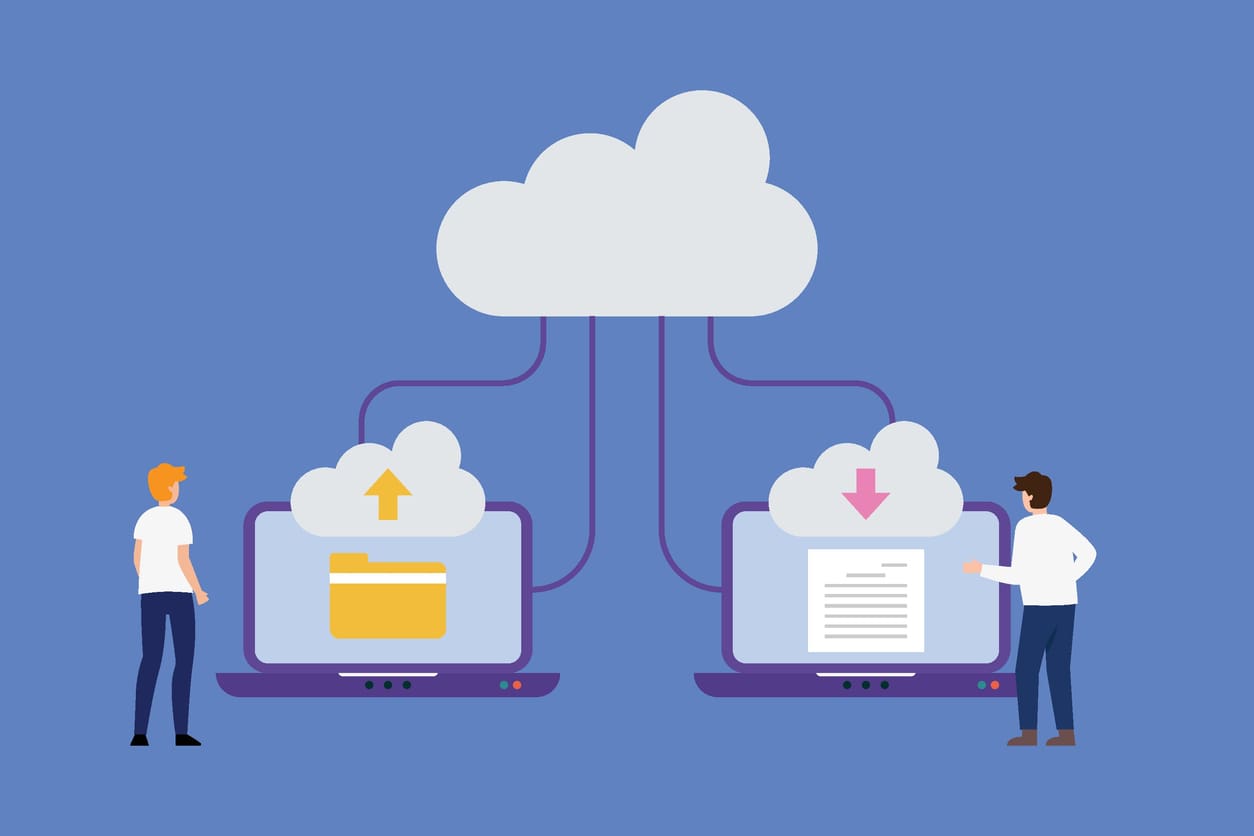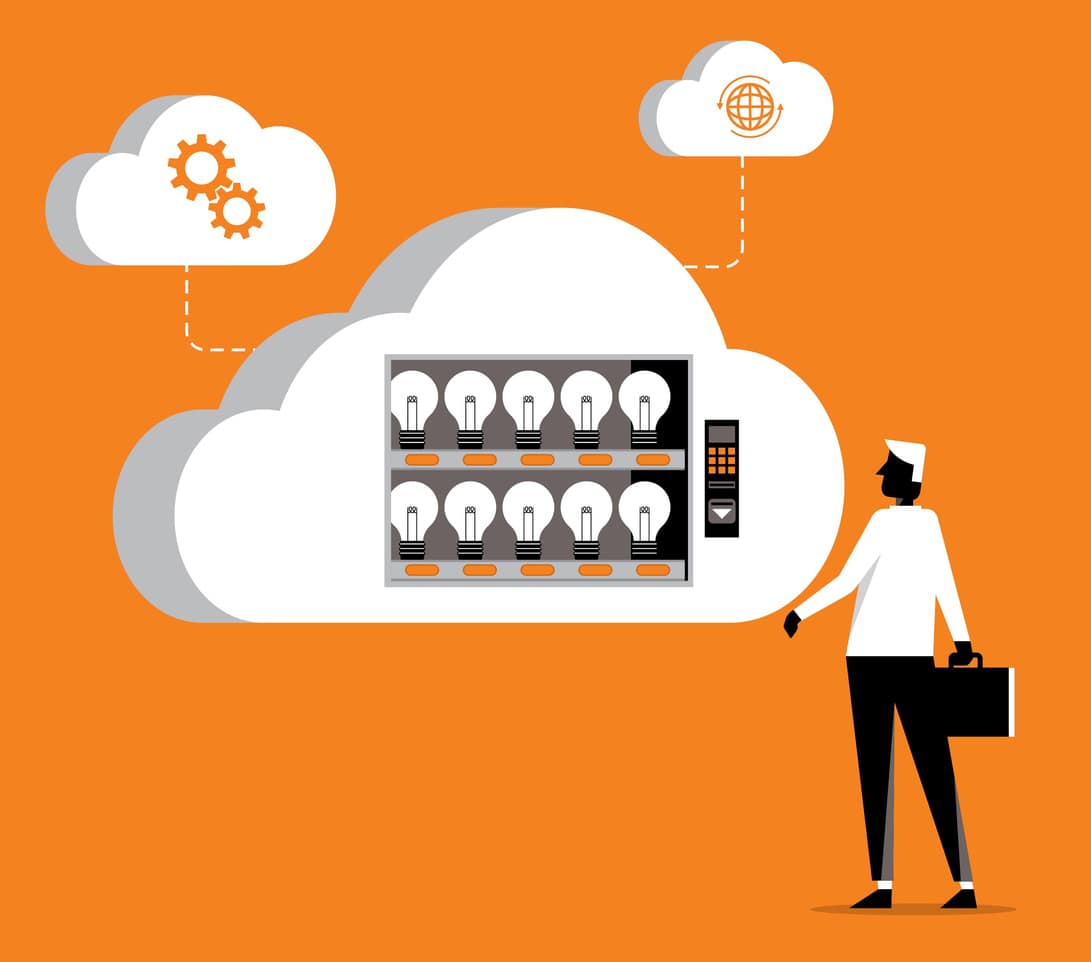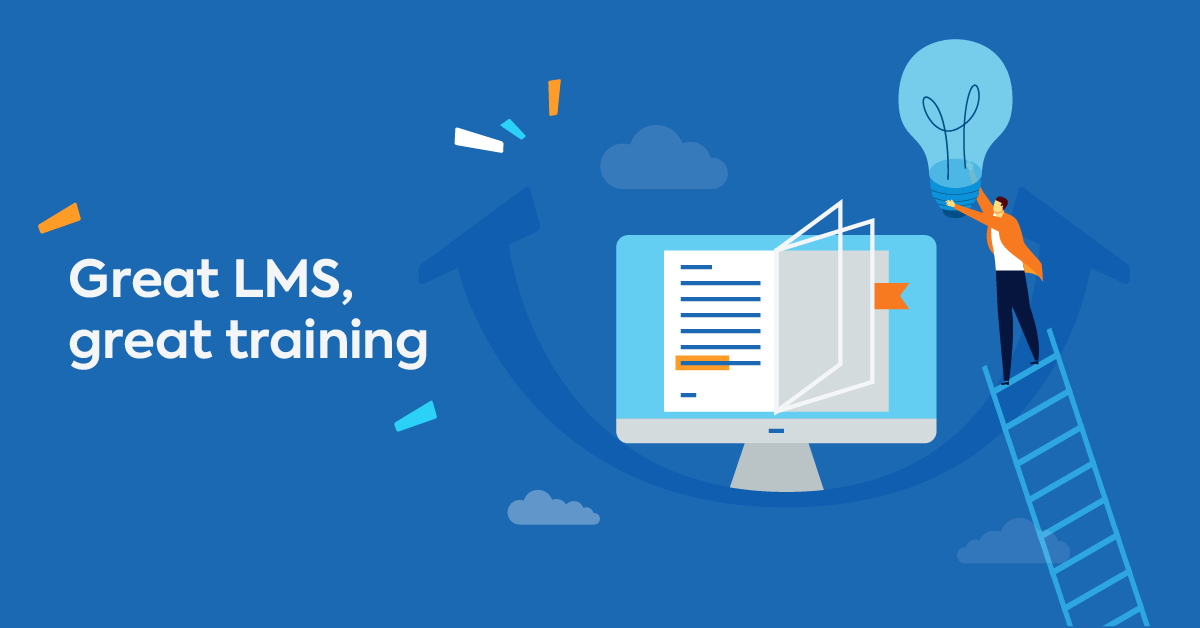Mythology. We use to think of it as something ancient societies did.
In fact the modern world never stopped producing its own myths, and the IT sector is no exception, as it has its own share of urban legends, conspiracy theories, fear-mongers and snake-oil salesmen.
In the first part of this series of posts our myth-busting team took down 5 common Cloud computing myths. Now we’re back to dispel some more Cloud-related misconceptions and FUD (Fear, Uncertainty, Doubt).
Myth #6 : The cloud is for small businesses
This myth, like most myths, has some basis in the truth: indeed, the Cloud is a godsent for small businesses that cannot afford dedicated IT personnel.
Installation, updates, security and backups are all taken care for them by the SaaS / Cloud vendor, enabling them to be more productive, competitive and cost efficient.
But this does not mean that the Cloud is not for big organizations.
While the adoption of the public Cloud by larger organizations is slow (for cultural, financial and other reasons), adoption of private and hybrid clouds is already high and ever increasing.
Let’s not forget that four of the biggest IT-based companies on the planet, Google, Facebook, Microsoft and Amazon are all heavy users of private Cloud infrastructure (and all but one of them also sell Cloud solutions ―Azure, AWS, GAE― to third party organizations).
Myth #7 : Clouds are one-size-fits all
This is so removed from the truth one has to wonder how people came up with this myth (although its origin is probably the feature-restricted initial public Cloud offerings back in the day).
If anything, the inverse is true: today, organizations looking to adopt the Cloud are spoilt for choice.
First, there are the different deployment models: public, private and hybrid, depending on whether you connect to some third party Cloud service, deploy your own internal Cloud infrastructure, or opt for a combination of the two.
Then there are the different ways that Cloud services can be packaged and sold: Software as a Service (SaaS), Platform as a Service (PaaS) and Infrastructure as a Service (IaaS).
With the first option you get the equivalent of an application over the Cloud (e.g. where you had a desktop mail app now you have Gmail).
With the second, you get a platform where you can run your own applications. You have to build those apps specifically to the platform’s specifications (using the allowed programming languages, libraries and frameworks), and in return the platform takes care of things like automatic scaling, massive storage capacity, fault-tolerance, backups, etc. for you.
The third option, Infrastructure as a Service, is the more flexible and, at the same time, the more demanding. In this model, the Cloud provider just gives you virtual (cloud-based) servers, and you get to manage them and build whatever you want with them, in the same way you would with physical collocated boxes. You still get some Cloud benefits, of course, like automated provisioning of new machines, backups, on-demand creation of new images, etc.
Finally, there are three operating models for an organization’s Cloud: a) the customer owns and operates it, b) the cloud provider owns and operates it, or, c) the customer owns the solution but the provider operates it.
Between these deployments, service provision and operating options an organization has tons of flexibility with regards to how it uses the Cloud. And we haven’t even mentioned the choice of vendors, frameworks, tooling and support options.
Myth #8 : Everything should be automated in the cloud
The beauty of the Cloud is that everything from the infrastructure layer upwards can be automated.
This, however, takes a significant level of expertise and understanding of the tools involved.
Most importantly, the fact that everything can be automated does not mean that it should. In practice, the extra effort to build and maintain a fully automated cloud service may not be worth the time and effort.
In fact part of the beauty of the Cloud (and especially hybrid Cloud solutions) is that it enables you to replace parts of your existing infrastructure one at a time, while at the same time making sure that everything still works as good as before.
There should be no rush to fully replace your existing operating procedures with some fully automated scheme in one go — in fact it can even be risky. The best strategy is to identify parts of your Cloud that can be automated and proceed piecemeal to automate them.
Myth #9 : The cloud is not reliable
Major cloud provider outages always make the news: “Amazon AWS has been down for 3 hours”, “GAE down for SE Asia users”, etc.
But do you know what doesn’t make the news? The myriad outages experienced in smaller corporate IT services and data-centers.
This gives the wrong impression that the Cloud is more unreliable than your enterprise IT department.
First of all, this only concerns the public Cloud: your private Cloud IS run by your enterprise IT department anyway, so it’s just as prone to outages as your other infrastructure.
The thing is, whether you’re using the Cloud or some internal IT service, outages can only be minimized, they can never be completely eliminated.
What’s important is how much damage those outages can incur.
For the typical enterprise, internal IT outages are usually more devastating than Cloud ones, as there isn’t the same level of backup or redundancy involved as is with the Cloud.
In practice, several studies have shown that the Cloud offers improved service availability compared to the majority of local IT solutions. And for small to medium businesses, with their often average or mediocre IT departments, there’s really no comparison.
Myth #10: Cloud eliminates traditional Software
Statistics for Cloud vs non-Cloud software revenues show that while the Cloud market grows, it doesn’t do so in expense of the traditional software market.
While you’ll adopt the Cloud for your infrastructure needs, you’ll still need Windows or OS X to run your desktop applications (at the very least a web browser to access Cloud apps), and unless you’re one of the easy-to-please users who have adopted Google Docs, you’ll still need your Word, Excel and PowerPoint (plus, there’s no Cloud substitute for Solitaire and Minesweeper).
Besides, all those Cloud servers, also have to run traditional server OSes and applications: from Linux and Solaris down to Oracle DB and SQL Server.
Native apps won’t go away anytime soon.
Conclusion
As with any emerging technology, the Cloud brings with it its own share of myths and misconceptions. In this series of posts, we tried to clear out 10 of them — but there are many more.
The Cloud is neither a “silver bullet” nor something to be wary of. It’s an important part of any modern IT infrastructure, and as everything, it has its pros and cons.
So, keep calm and keep adopting the Cloud.
| Tags: Cloud LMS



